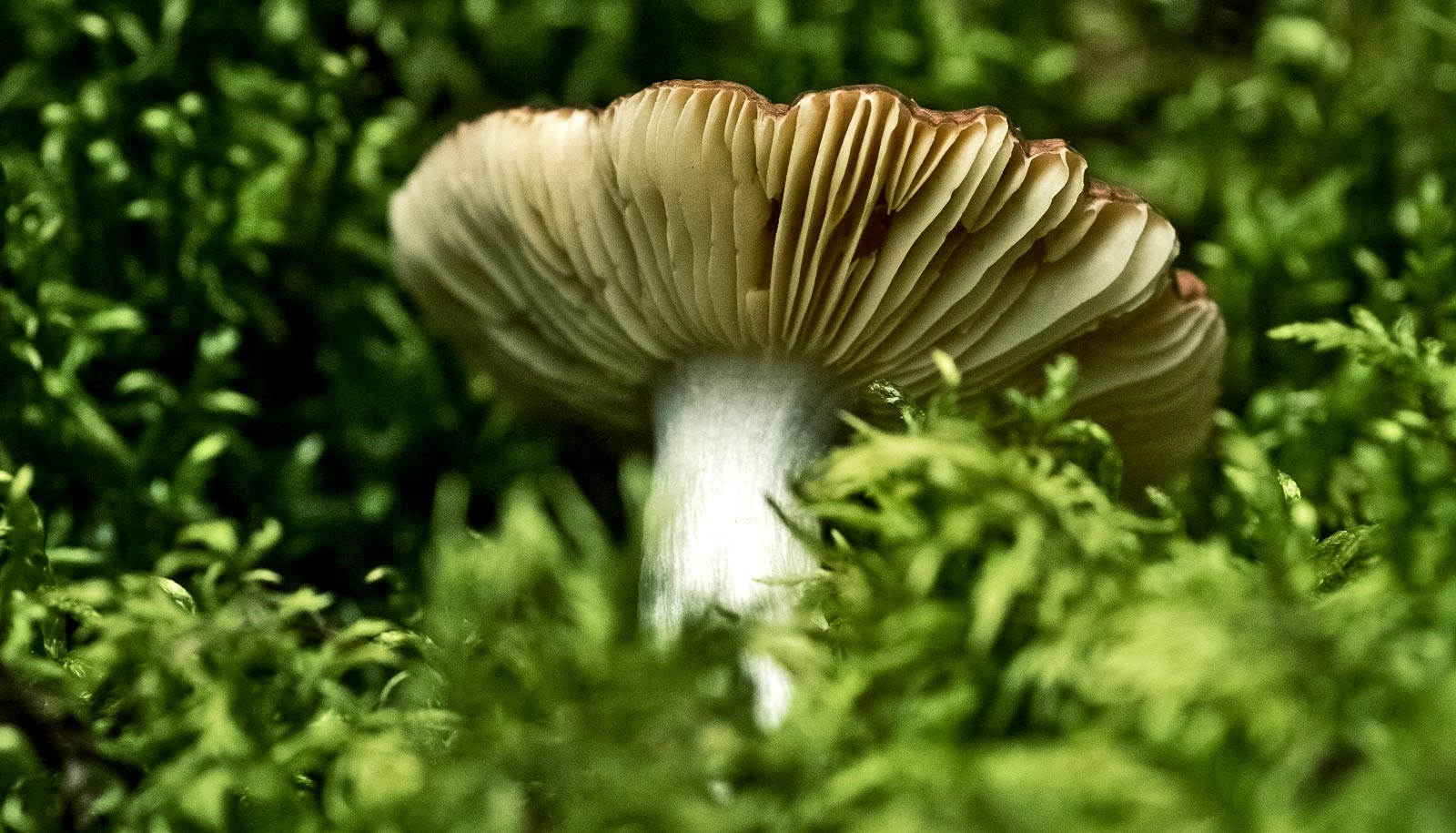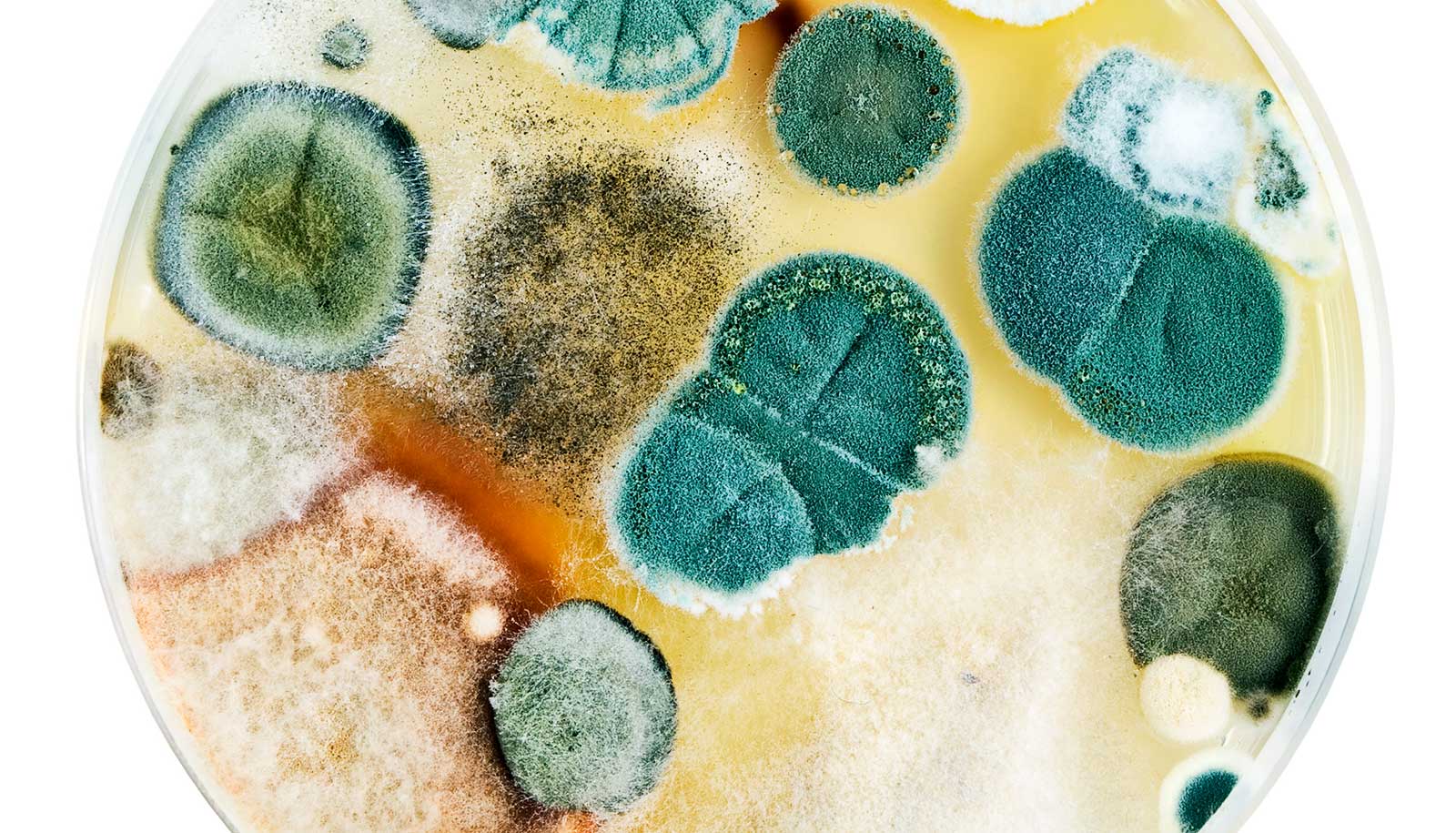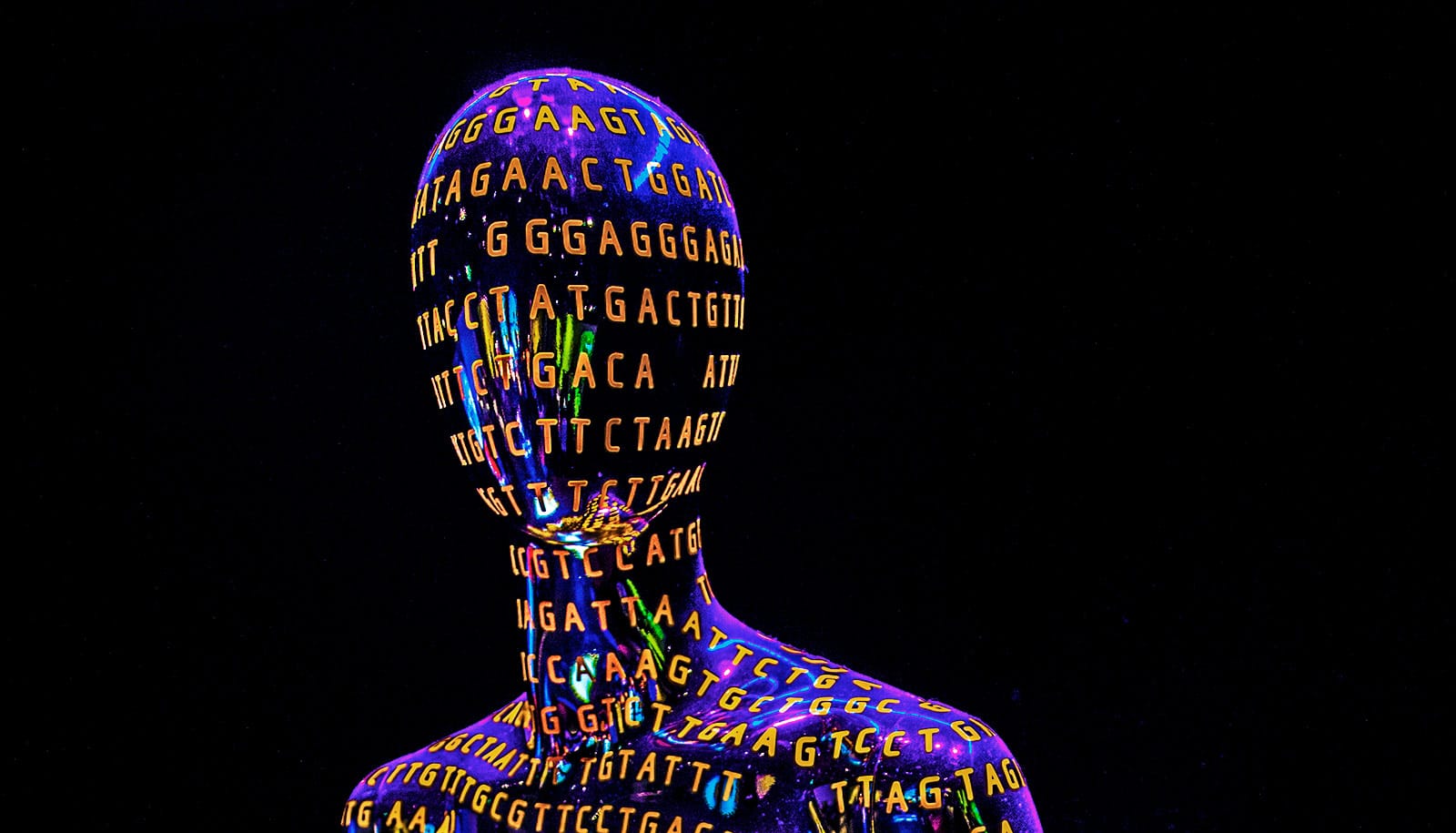New research solves a nearly 50-year-old mystery of how fungi produce a large class of bioactive chemical compounds.
The compounds, called prenylated indole alkaloids, were first discovered in fungi in the 1970s. Since then, they have attracted considerable interest for their wide range of potential applications as useful drugs. One compound is already used worldwide as an anti-parasitic for livestock.
Understanding how the fungi build these chemicals is essential to reproducing them and creating variants in the lab for new applications. The fungi’s genes encode enzymes, and these enzymes use very simple building blocks to perform each step to build the complex molecule.
But despite the longstanding knowledge about these compounds, researchers have not been able to tease apart the precise enzymes and reactions that the fungi use to produce them.
“But if we can actually isolate the genes involved and make these enzymes, we should be able to recreate the entire bio-assembly line in a test tube,” says Qingyun Dan, a researcher in the lab of Janet Smith at the University of Michigan’s Life Sciences Institute and a lead author of the study. “But, until now, no lab has been able to do so.”
Surprise! The Diels-Alder reaction
Using a combination of synthetic chemistry, genetics, enzymology, computational chemistry, and structural biology over the course of a decade, the researchers have revealed the process—and uncovered a surprising chemical twist. The final step in the assembly process is a reaction that is nearly unprecedented in nature: the Diels-Alder reaction.
“This reaction is one of the fundamentals of synthetic organic chemistry, going back to the 1920s when it was first discovered,” says David Sherman, one of the senior authors of the study and faculty member at the Life Sciences Institute.
“But even within the last few years, there has been major debate in the field about whether this reaction actually exists in nature. It’s just the most phenomenal, unexpected path to this fascinating class of indole alkaloids.”
Chemical reactions and new compounds
The researchers believe that discovering the enzyme that enables the Diels-Alder reaction—and resolving how these compounds are made in nature—now opens two exciting paths forward.
First, the particular enzyme that catalyzes this Diels-Alder reaction could help improve one of the most commonly used chemical reactions. This enzyme performs the reaction with specificity that far outperforms what can commonly be achieved in the lab, meaning it creates only the one desired compound and no unintended byproducts.
Second, because the researchers were able to obtain a crystal structure of the enzyme performing the Diels-Alder reaction, they now have a clear picture of how the enzyme directs the reaction in nature—and how researchers could harness it to create new compounds in the future.
“This is a very good example of the explanatory power of crystal structures,” says Sean Newmister, a researcher in Sherman’s lab and a lead author of the study. “We gain mechanistic insight into the activity of the enzyme we’re studying, but also insight into how to use this as a tool to synthesize new chemical compounds with biological activities. And that’s really exciting.”
The findings appear in Nature Chemistry. Additional coauthors are from the University of Michigan; Colorado State University; and the University of California, Los Angeles.
The National Institutes of Health and the National Science Foundation supported the work.
Source: University of Michigan



